 2013 Hyundai ix35 FCEV Dimensions, Size & Specs
2013 Hyundai ix35 FCEV Dimensions, Size & SpecsMeasurements of the 2013 Hyundai ix35 FCEV, engineered for optimal performance and comfort
| Dimensions | |
|---|---|
| Length: | 4410 mm173.6 in14.5 ft |
| Width: | 1820 mm71.7 in6.0 ft |
| Height: | 1650 mm65.0 in5.4 ft |
| Ground Clearance: | 170 mm6.7 in0.6 ft |
| Trunk Capacity: | 465 liter16.4 cu ft |
| Trunk Capacity (Max): | 1436 liter50.7 cu ft |
| Weight Specifications | |
| Curb Weight: | 1846 kg4070 lbs |
| Maximal permitted Weight: | 2250 kg4960 lbs |
| Tire Specifications | |
| Rims Size: | 17-inch rims:
|
| Tire Size: |
|
The Hyundai ix35 FCEV, introduced in 2013 and still in production, is a midsize SUV notable for its innovative hydrogen fuel cell electric vehicle (FCEV) technology. Compact yet spacious, the ix35 FCEV measures 4410 mm (173.6 inches) in length, 1820 mm (71.7 inches) in width, and stands 1650 mm (64.96 inches) tall. This creates a balanced footprint that is ideal for urban driving and off-road adventures alike, maintaining a practical and maneuverable size for an SUV. The vehicle features a ground clearance of 170 mm (6.7 inches), providing sufficient ride height to tackle various terrains without sacrificing stability or comfort.
Weighing in at a curb weight of 1846 kg (4070 lbs) and capable of handling a maximum weight of 2250 kg (4960 lbs), the ix35 FCEV demonstrates a robust yet efficient build characteristic of Hyundai’s engineering. Storage capacity is versatile with 465 liters (16.4 cubic feet) of luggage space available behind the rear seats, expanding to an impressive 1436 liters (50.7 cubic feet) when the rear seats are folded down, ensuring ample room for cargo, gear, or groceries.
Its wheels come equipped with 6.5J x 17 inch rims paired with 225/60 R17 tires, balancing comfort and road grip effectively. The Hyundai ix35 FCEV offers a sustainable and environmentally friendly option in the SUV segment, combining practical dimensions and modern fuel cell technology. This vehicle suits drivers looking for an eco-conscious SUV with everyday usability, spaciousness, and the reliability Hyundai is known for.
Discover the standout features that make the 2013 Hyundai ix35 FCEV a leader in its class
Have a question? Please check our knowledgebase first.
The Hyundai ix35 FCEV measures 4410 mm (173.6 inches) in length, 1820 mm (71.7 inches) in width, and 1650 mm (64.9 inches) in height. These dimensions place it firmly in the compact SUV category, offering a balanced size suitable for urban driving and moderate off-road capability.
The Hyundai ix35 FCEV has a curb weight of 1846 kg (4069 lbs) and a maximum weight of 2250 kg (4960 lbs). The relatively high curb weight is due to the hydrogen fuel cell system and associated components, which impacts acceleration and fuel efficiency. However, the design optimizes energy use to maintain good performance and range typical of fuel cell electric vehicles.
The vehicle offers a luggage capacity of 465 liters (16.4 cubic feet) with the rear seats upright, providing ample space for everyday use such as grocery runs or luggage for a weekend trip. When the rear seats are folded down, the capacity expands to 1436 liters (50.7 cubic feet), allowing for the transport of larger items or increased cargo volumes, enhancing its versatility.
The Hyundai ix35 FCEV has a ground clearance of 170 mm (6.7 inches). This moderate ride height provides sufficient clearance for typical urban and suburban obstacles such as speed bumps and minor off-road conditions. While not intended for extreme off-roading, it offers confidence in handling uneven terrain or rough roads.
The ix35 FCEV is equipped with 6.5J x 17 rims paired with 225/60 R17 tires. This tire size balances ride comfort and handling, providing a stable and comfortable driving experience. The tires' aspect ratio of 60 also helps absorb road imperfections, while the 225 mm width ensures good traction and grip.
Yes, the Hyundai ix35 FCEV fits comfortably into a standard residential garage. With a width of 1820 mm (71.7 inches) and height of 1650 mm (64.9 inches), it is smaller than the typical garage dimensions which usually exceed 2400 mm (94.5 inches) in width and 2100 mm (82.7 inches) in height. This makes parking and storing the vehicle at home convenient and hassle-free.
The Hyundai ix35 FCEV shares similar basic dimensions with the conventional ix35 SUV, with a length of 4410 mm, width of 1820 mm, and height of 1650 mm, maintaining the compact SUV profile. However, the FCEV's curb weight is higher due to the hydrogen fuel cell system. This results in a slight difference in weight distribution but overall similar footprint, making it comparable in size for consumers transitioning between fuel types.
Compared to other compact SUVs with electric or fuel-efficient powertrains, the Hyundai ix35 FCEV is quite competitive in size. Many compact SUVs fall within a similar length range of 4300-4500 mm and width around 1800 mm, making the ix35 FCEV comparable to competitors like the Toyota RAV4 Hybrid or Nissan Rogue Hybrid in terms of dimensions. The ride height and luggage capacity align closely with typical models offering practicality while housing alternative propulsion systems.
The fuel cell electric vehicle (FCEV) technology means the ix35 uses hydrogen fuel cells to generate electricity on board, which influences its design and weight. The hydrogen tanks and fuel cell system add weight compared to traditional internal combustion engines or even battery electric vehicles, accounting for the curb weight of 1846 kg (4069 lbs). However, the space is well managed to maintain a comparable luggage capacity and passenger room to its gasoline-powered sibling, demonstrating efficient use of space in this SUV format.
The Hyundai ix35 FCEV's moderate size, with a length of 4410 mm (173.6 inches), width of 1820 mm (71.7 inches), and height of 1650 mm (64.9 inches), makes it agile enough for urban driving while providing enough interior space for families and cargo. Its ground clearance of 170 mm (6.7 inches) is practical for navigating potholes or uneven pavement often found in suburban areas. Additionally, its fuel cell electric powertrain means zero tailpipe emissions, offering environmental benefits without sacrificing the convenience of a familiar SUV size.
Discover similar sized cars.

| Production: | 2019-2023 |
|---|---|
| Model Year: | 2019 |
| Length: | 4384 mm172.6 in |
| Width: | 1813 mm71.4 in |
| Height: | 1651 mm65.0 in |
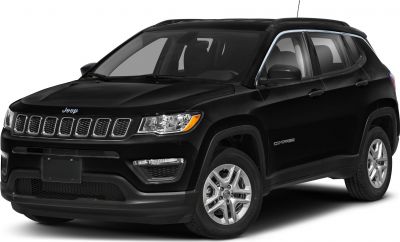
| Production: | 2017-2021 |
|---|---|
| Model Year: | 2017 |
| Length: | 4398 mm173.1 in |
| Width: | 2035 mm80.1 in |
| Height: | 1629-1660 mm64.1-65.4 in |
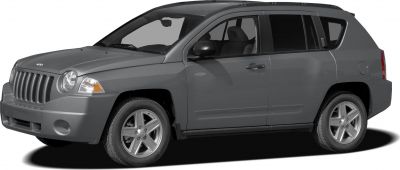
| Production: | 2006-2010 |
|---|---|
| Model Year: | 2007 |
| Length: | 4405 mm173.4 in |
| Width: | 1761-1810 mm69.3-71.3 in |
| Height: | 1632 mm64.3 in |
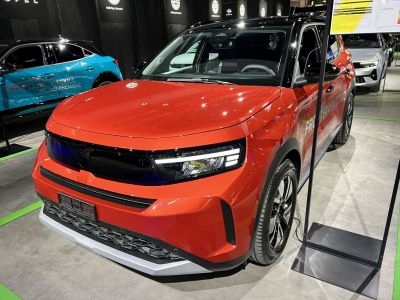
| Production: | 2024-present |
|---|---|
| Model Year: | 2024 |
| Length: | 4385 mm172.6 in |
| Width: | 2020 mm79.5 in |
| Height: | 1635-1655 mm64.4-65.2 in |
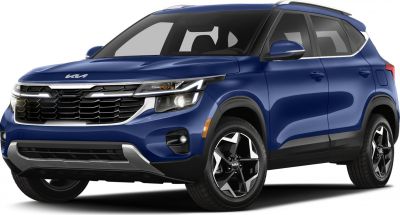
| Model Year: | 2024 |
|---|---|
| Length: | 4384 mm172.6 in |
| Width: | 1801 mm70.9 in |
| Height: | 1626 mm64.0 in |
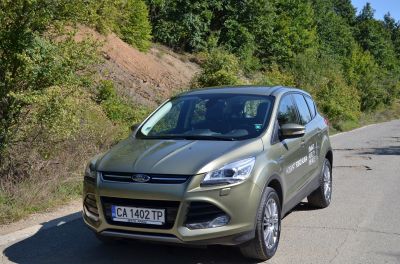
| Production: | 2012-2014 |
|---|---|
| Model Year: | 2012 |
| Length: | 4443-4524 mm174.9-178.1 in |
| Width: | 1842 mm72.5 in |
| Height: | 1701-1710 mm67.0-67.3 in |
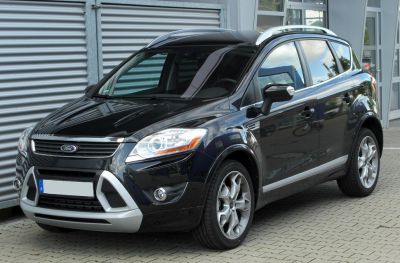
| Production: | 2010-2012 |
|---|---|
| Model Year: | 2010 |
| Length: | 4443 mm174.9 in |
| Width: | 1842 mm72.5 in |
| Height: | 1710 mm67.3 in |
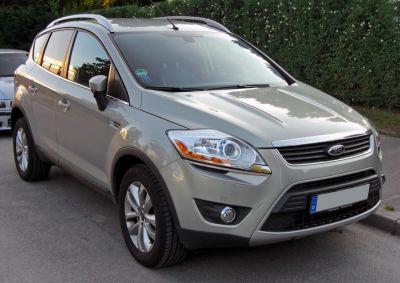
| Production: | 2008-2010 |
|---|---|
| Model Year: | 2008 |
| Length: | 4443 mm174.9 in |
| Width: | 1832 mm72.1 in |
| Height: | 1677 mm66.0 in |
